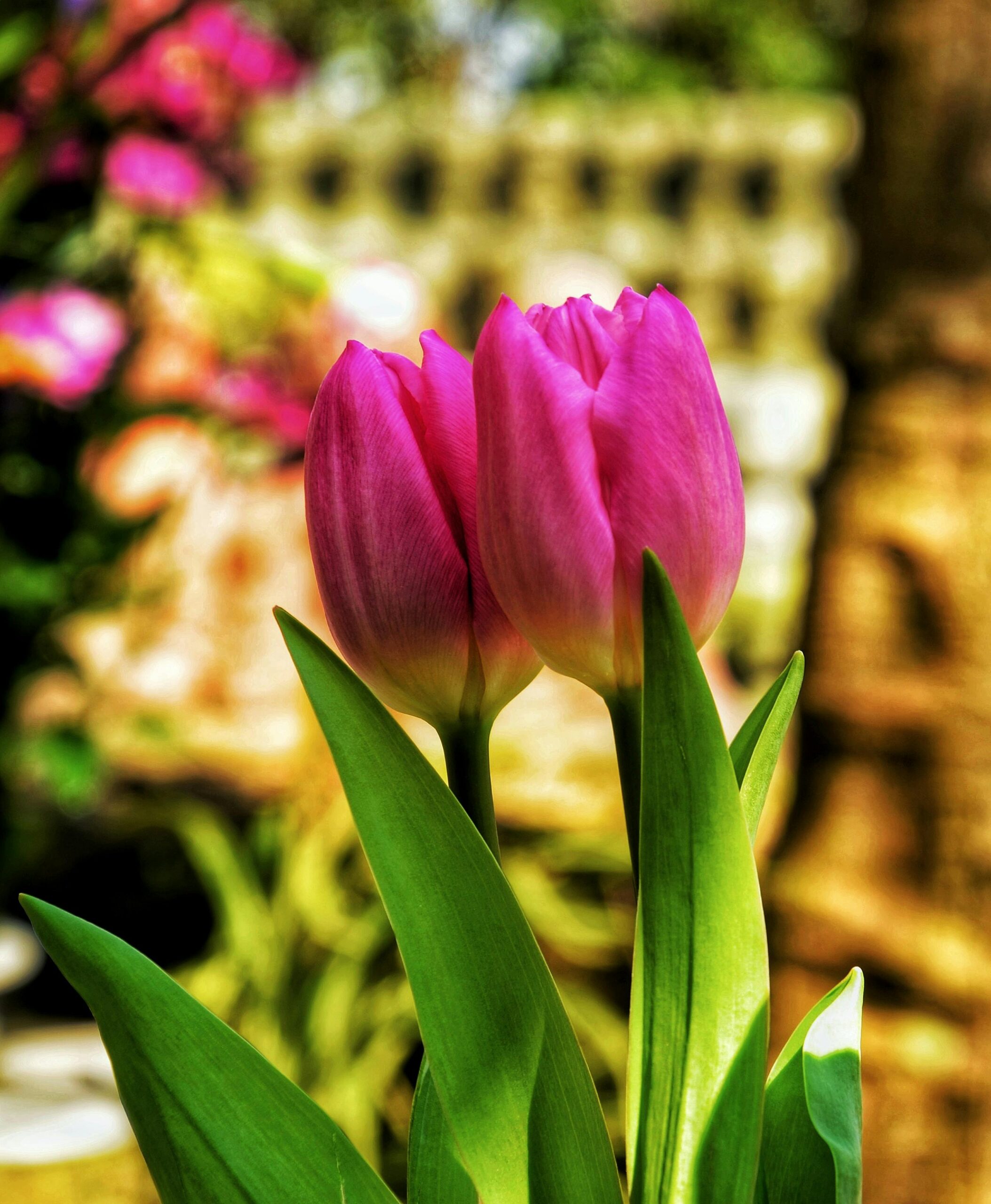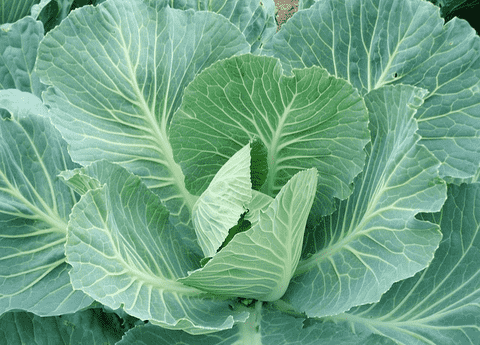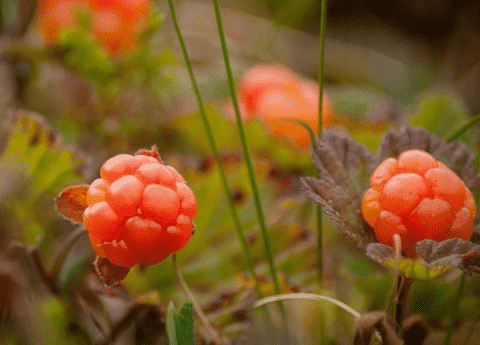Top Tips for Thriving Tulips: How to Plant, Grow, and Maintain
Table of Contents
Tulips are one of the most beloved spring flowers, known for their vibrant colors and elegant blooms that bring life to any garden. Whether you’re a seasoned gardener or a novice looking to add a splash of color to your yard, understanding how to plant, grow, and maintain tulips is essential for a flourishing display. In this guide, we will delve into the best practices for cultivating these stunning flowers, from selecting the right bulbs to ensuring they thrive year after year. Join us as we uncover the top tips for creating a breathtaking tulip garden that will be the envy of your neighborhood.
Planting Tulips for Success

Choosing the Right Bulbs
Choosing the right tulip bulbs is the first step to a thriving garden. Look for bulbs that are firm to the touch and free from any blemishes or mold. Larger bulbs generally produce stronger and more vibrant blooms, so opt for those if possible. When selecting varieties, consider your climate and soil type. Some tulip types are better suited for certain regions, so research which varieties will perform best in your area. Additionally, mixing early, mid- and late-blooming tulips can provide a longer display of color throughout the spring. Finally, buy from reputable suppliers to ensure the quality and health of the bulbs. Proper bulb selection sets the foundation for a stunning and enduring tulip garden.
Preparing the Soil
Preparing the soil is crucial for the successful growth of tulips. Start by choosing a well-draining location, as tulips can rot in overly wet soil. Loosen the soil to a depth of about 12 to 15 inches to allow for proper root development. Add organic materials like compost or well-rotted manure to improve soil fertility and structure. Adding a balanced fertilizer can also provide essential nutrients for the bulbs. Aim for a slightly acidic to neutral pH level, around 6 to 7, which is optimal for tulip growth. Proper soil preparation ensures that your tulips have the best possible environment to establish roots and flourish.
Planting Techniques

Proper planting techniques can significantly impact the health and blooms of your tulips. Begin by planting the bulbs in the fall, ideally 6 to 8 weeks before the first hard frost. Dig holes that are 6 to 8 inches deep, placing the bulbs pointed end up. Space each bulb 4 to 6 inches apart to give them enough room to grow. Ensure the bulbs are covered with soil and gently tamp it down to eliminate any air pockets.
Water the area thoroughly after planting to help settle the soil and initiate root development. Applying a layer of mulch can help retain moisture and protect the bulbs from extreme temperature fluctuations. By following these planting techniques, you set the stage for a beautiful and robust tulip display come spring.
Growing Healthy Tulips

Watering and Fertilizing
Watering and fertilizing are key to growing healthy tulips. Initially, water the bulbs thoroughly after planting to help them establish roots. During their growing season, ensure the soil remains moderately moist but not waterlogged. Overwatering can lead to bulb rot, so finding the right balance is crucial.
Fertilize the tulips when shoots first appear in early spring. Apply a balanced, slow-release fertilizer to ensure a continuous supply of nutrients throughout the growing season. Avoid high-nitrogen fertilizers, which can promote excessive leaf growth at the expense of blooms. Instead, look for a fertilizer with a balanced ratio of nitrogen, phosphorus, and potassium.
Water the tulips early in the day to reduce the risk of fungal diseases. Consistent watering and proper fertilization support robust growth and vibrant blooms, ensuring your tulip garden remains healthy and stunning.
Managing Pests and Diseases
Managing pests and diseases is essential to keep your tulips healthy. Common pests include aphids, slugs, and bulb mites, which can damage foliage and bulbs. To combat these, regularly inspect your plants and use insecticidal soap or natural predators like ladybugs to keep aphid populations in check. Slug traps or organic slug pellets can help protect your tulips from these slow-moving pests.
Fungal diseases such as Botrytis blight and root rot are also concerns. To prevent these, ensure good air circulation by not overcrowding your plants and avoid overhead watering. Removing and disposing of infected plants promptly can stop the spread of disease.
Additionally, practice crop rotation and avoid planting tulips in the same spot each year to reduce the risk of soil-borne diseases. By staying vigilant and employing these strategies, you can effectively manage pests and diseases, ensuring your tulips remain vibrant and healthy.
Maintaining Your Tulip Garden

Post-Bloom Care
Post-bloom care is vital for the longevity of your tulip garden. Once the flowers fade, remove the spent blooms to prevent the plant from diverting energy into seed production. However, allow the foliage to stay until it naturally fades to yellow and eventually dies. This process allows the plant to photosynthesize and store nutrients in the bulb for next year’s growth.
Avoid cutting the leaves prematurely, as this can weaken the bulbs and reduce the quality of future blooms. If you prefer a tidy garden, consider planting low-growing perennials around the tulips to mask the dying foliage.
Additionally, if you live in a region with wet summers, consider lifting the bulbs after the foliage dies back to prevent rot. Store them in a cool, dry place and replant them in the fall. Proper post-bloom care ensures your tulips return year after year with vibrant, healthy blooms.
Seasonal Maintenance Tips
Seasonal maintenance is crucial for maintaining a healthy tulip garden. In the fall, clear debris and add a layer of mulch to shield the bulbs from harsh winter conditions. This helps insulate the soil and retain moisture.
In early spring, as the ground begins to thaw, remove the mulch layer to allow the shoots to emerge. Watch for any signs of pests or diseases and deal with them right away. Regularly check soil moisture levels, ensuring it remains consistently moist but not waterlogged.
During the growing season, deadhead spent blooms and remove any yellowing foliage to maintain a tidy appearance. After the tulips have finished blooming, consider applying a light fertilizer to replenish nutrients in the soil.
By adapting your maintenance routine to the seasons, you can ensure your tulip garden stays healthy and vibrant throughout the year, providing a stunning display each spring.







